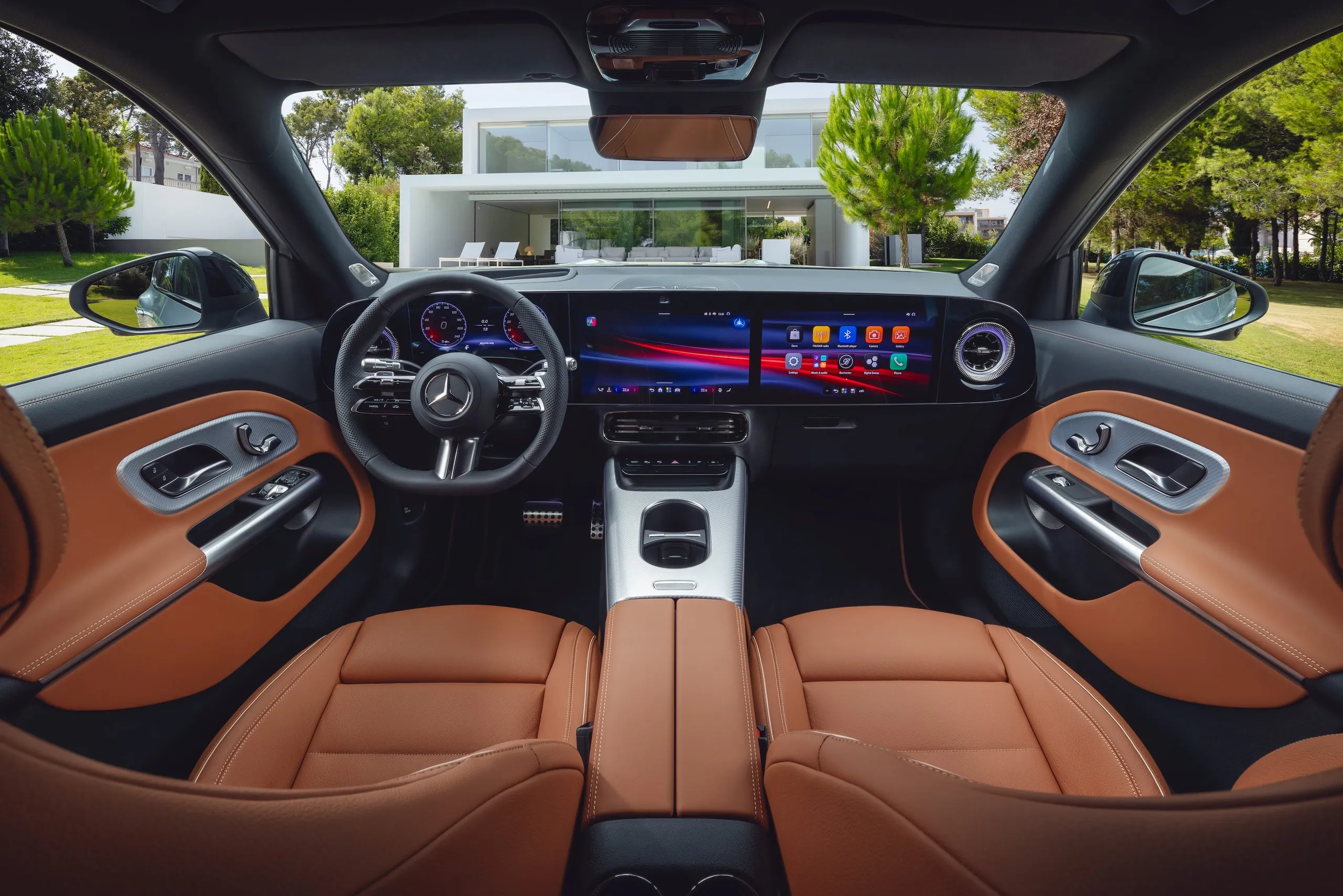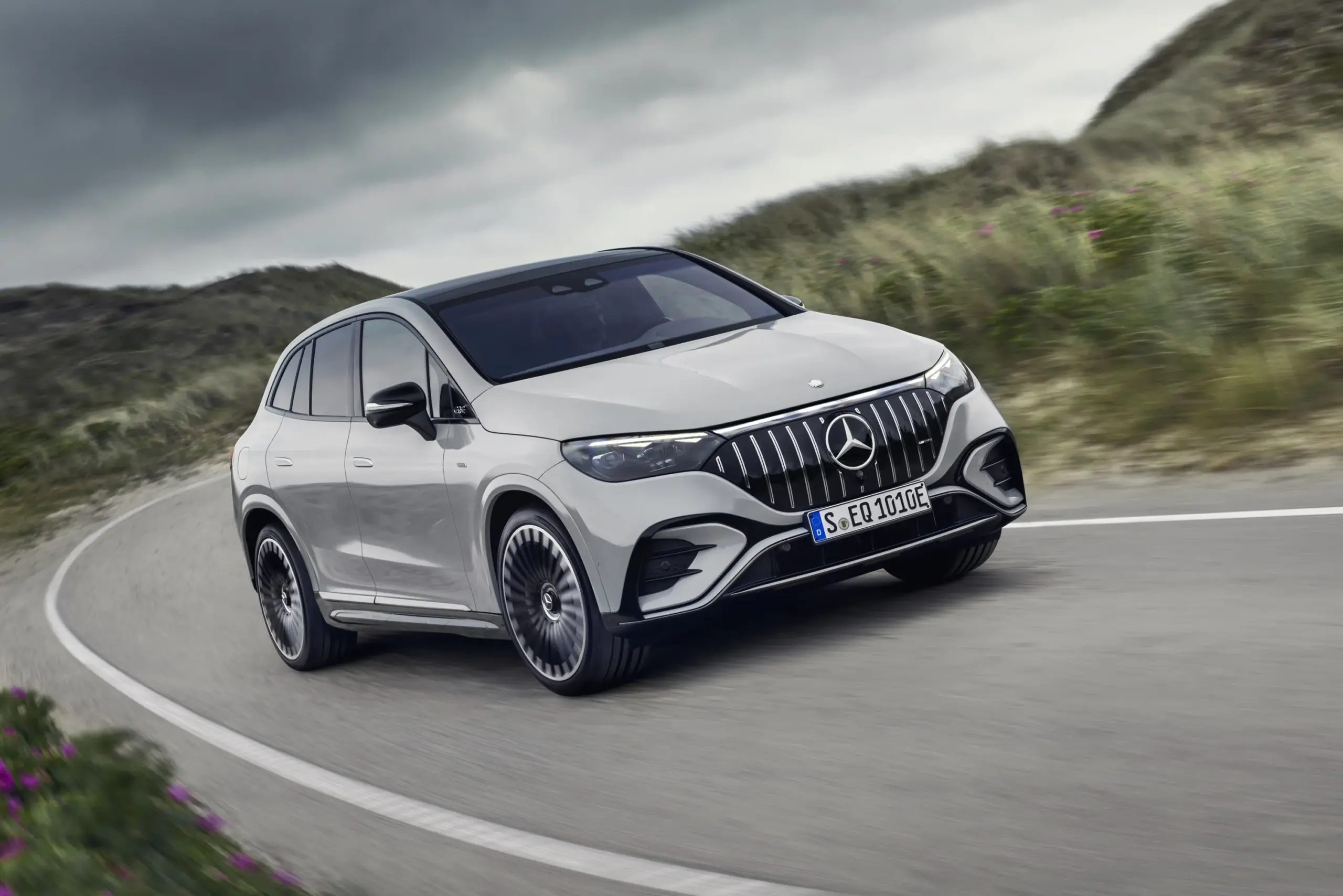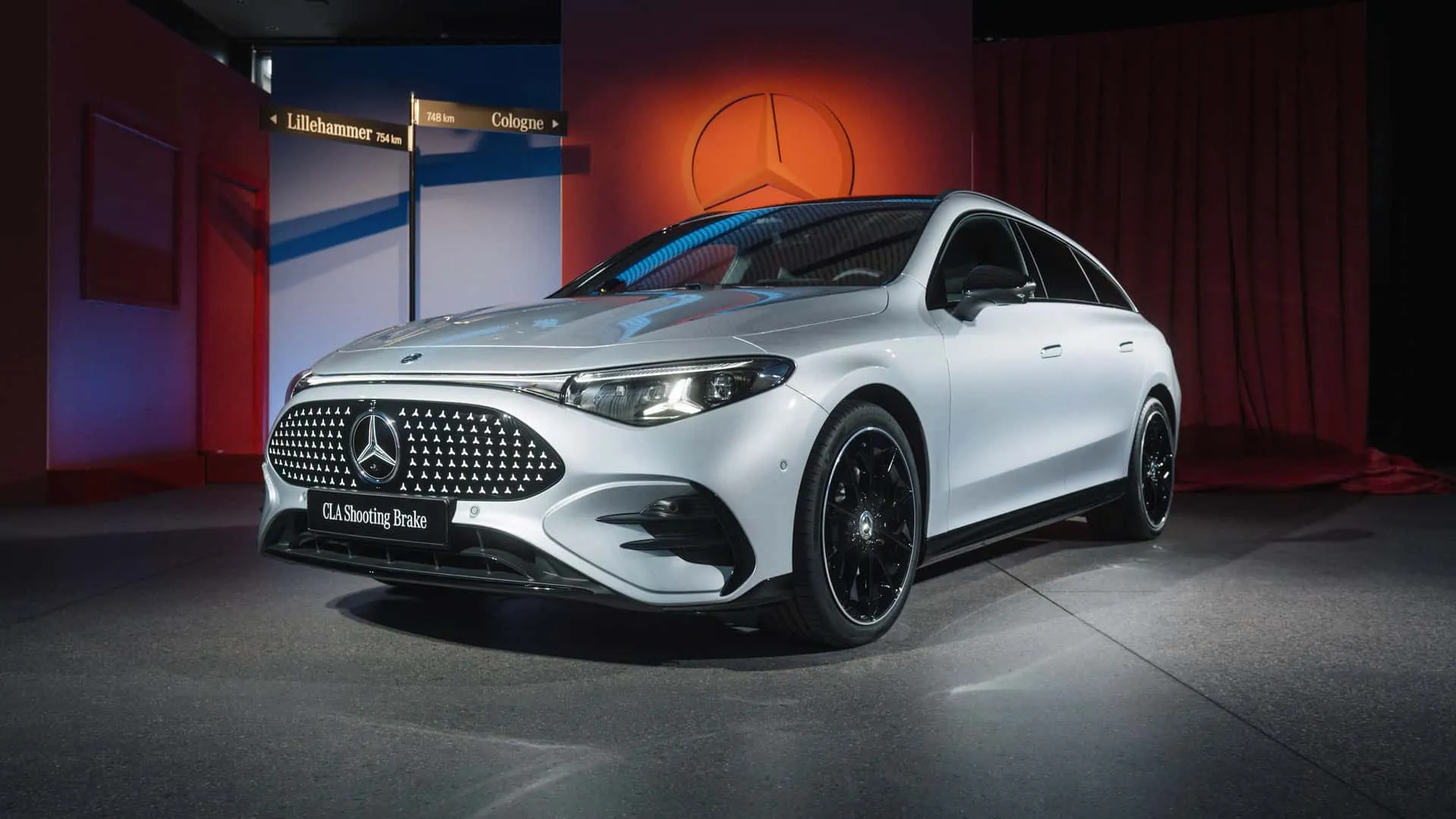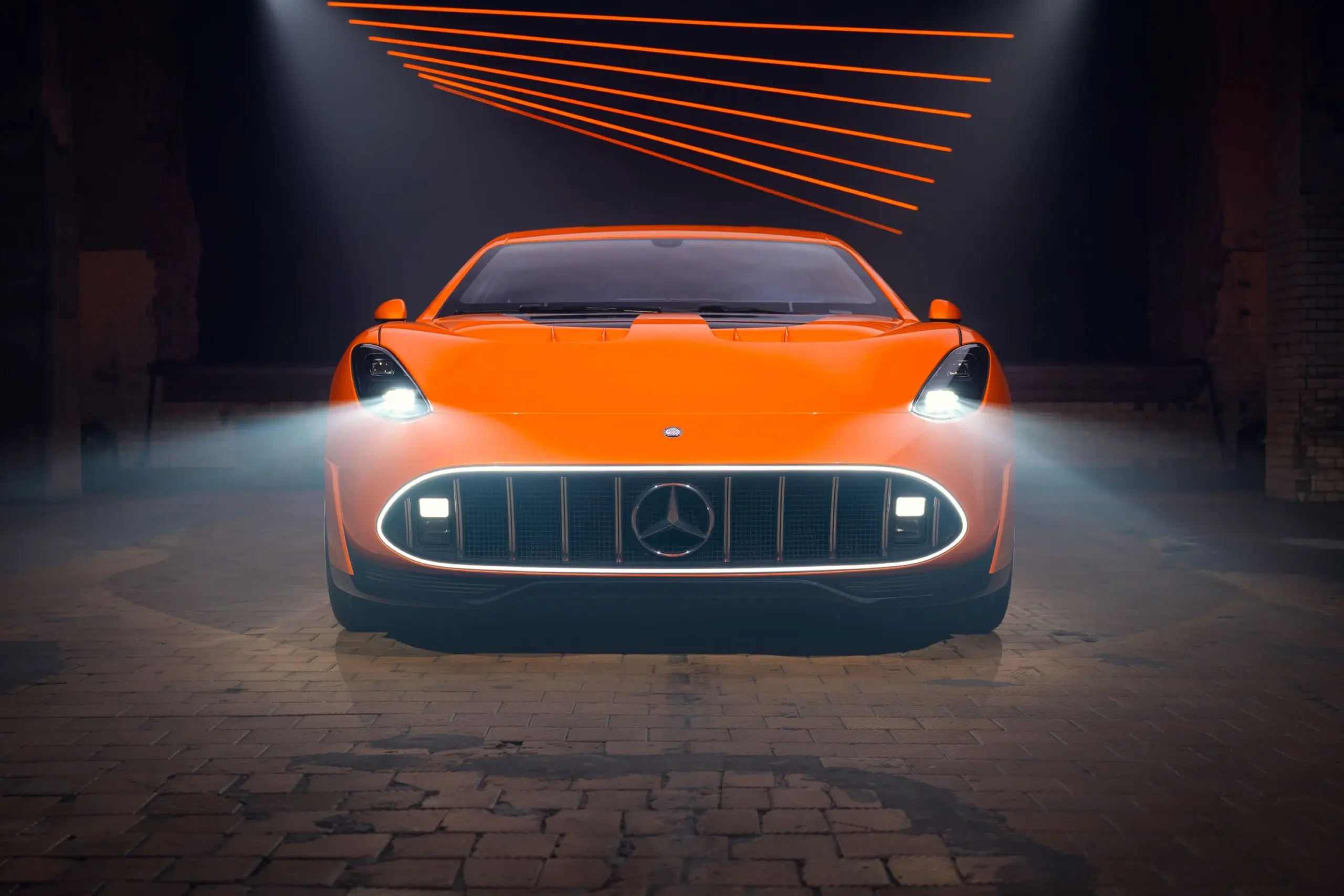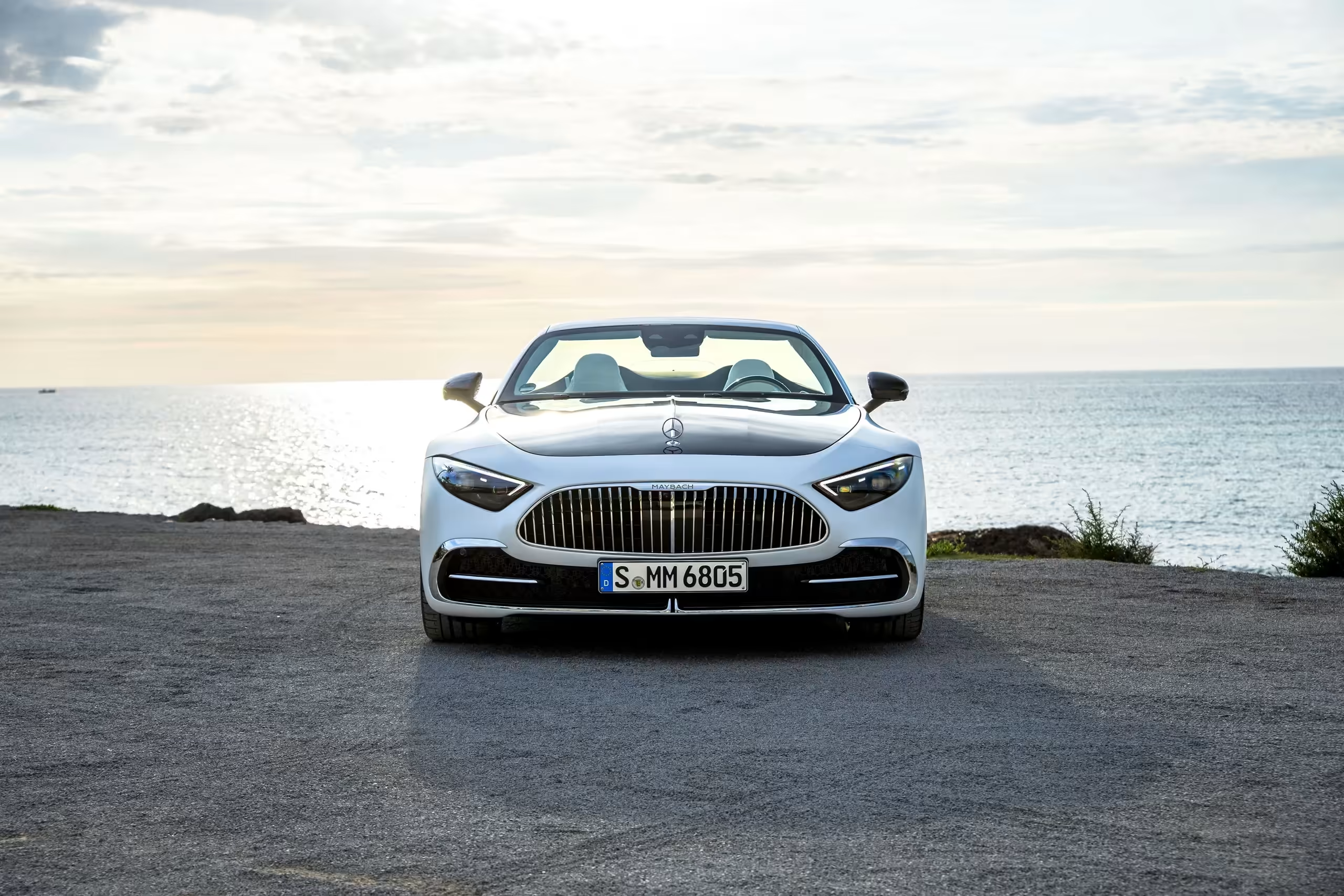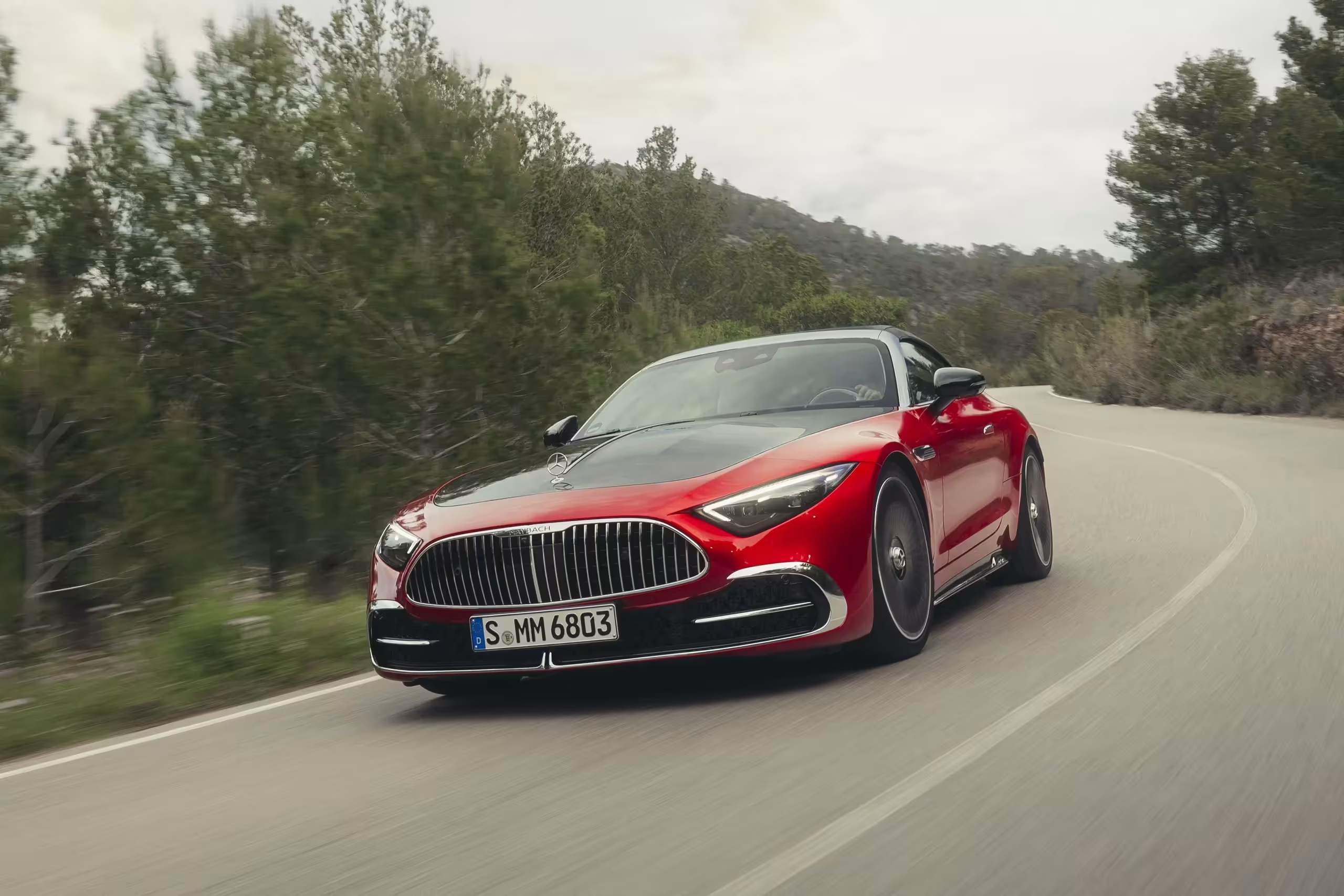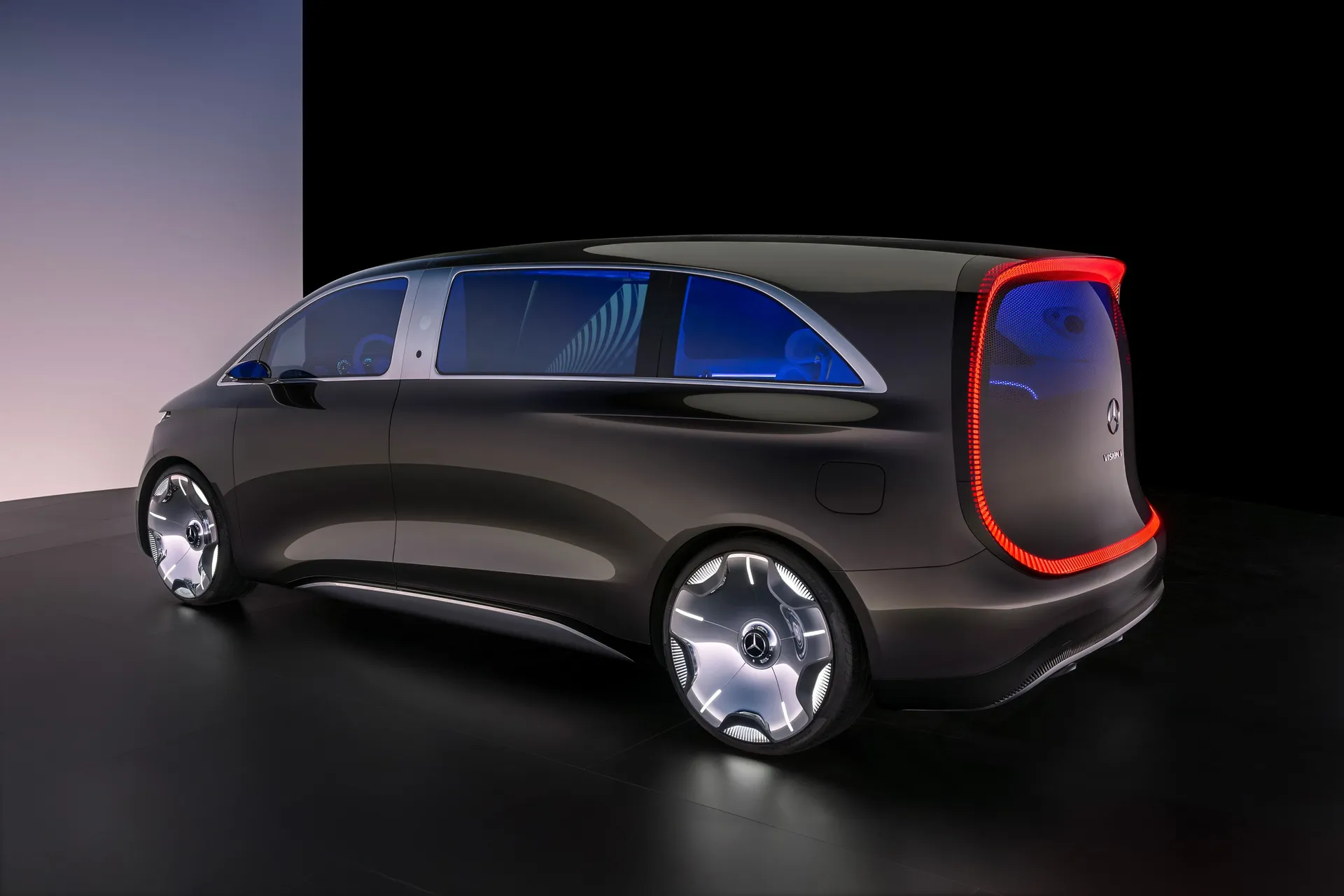YASA Creates 750 kW Motor with Unprecedented Density. Axial Flux Technology Triples Performance. See the Details!
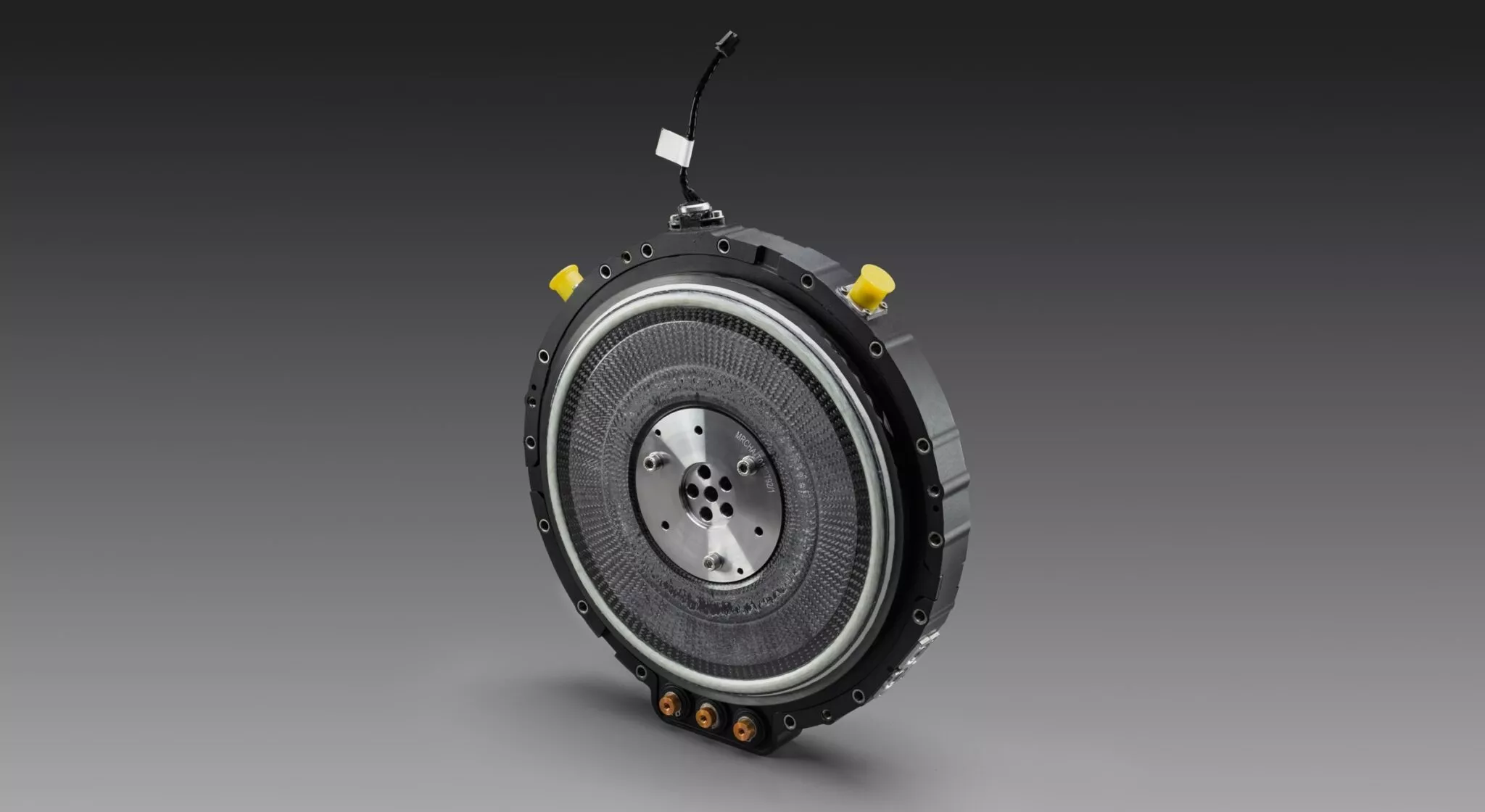
The future of electric cars has just taken a monumental leap, and Mercedes-Benz is at the forefront of this revolution. Forget everything you knew about the power-to-weight ratio: a minuscule but colossal engine in terms of performance promises to change the game forever.
The Miniature Revolution: 1,000 HP in Just 12.7 kg
Imagine an electric motor that weighs less than a small child but is capable of generating the raw power of a hypercar. The British company YASA, now under the Mercedes-Benz umbrella, hasn’t just imagined this technological feat—they have achieved it. They have just broken their own world record for power density, reaching an incredible 59 kW (79 hp) per kilogram.
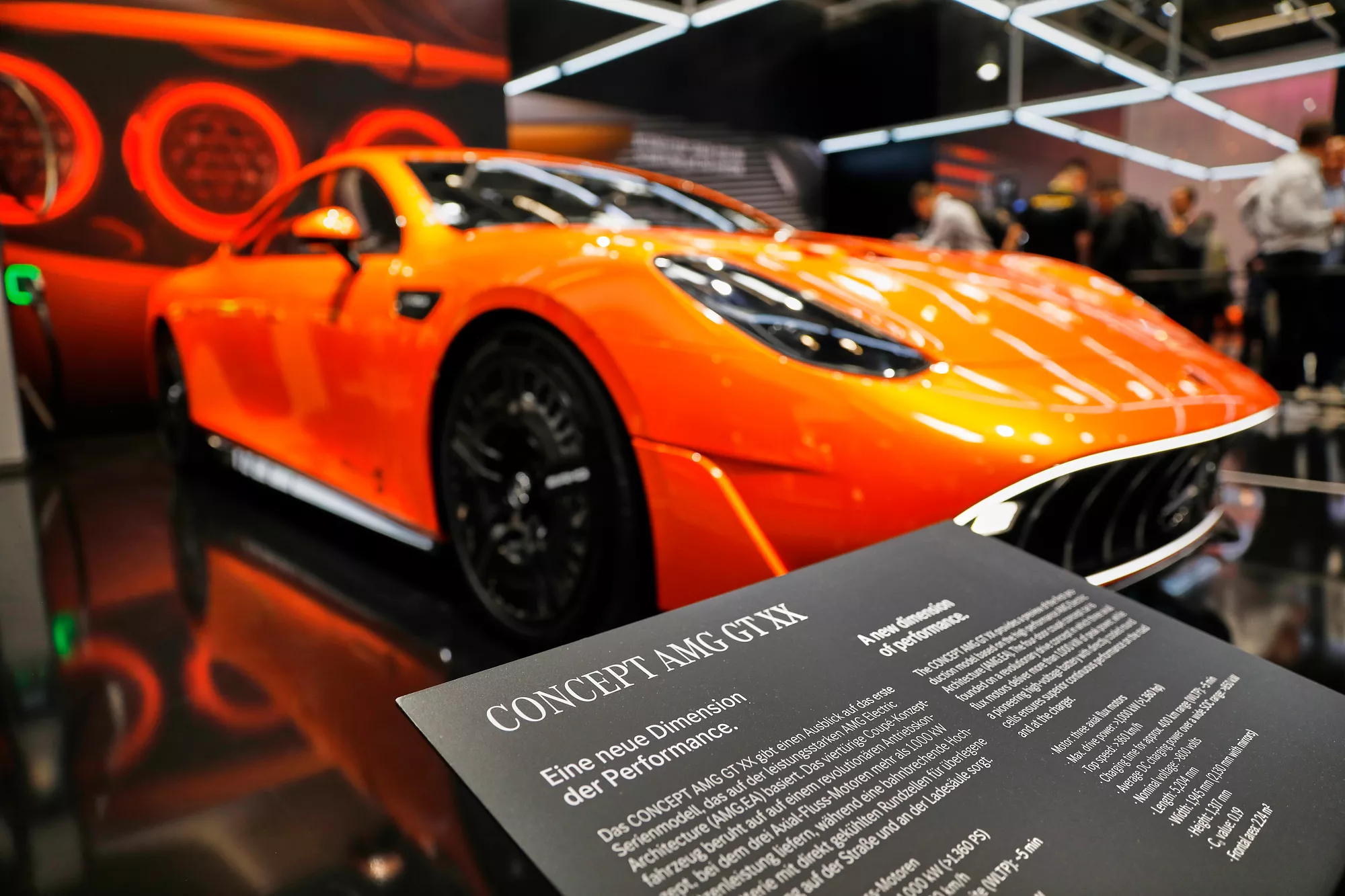
This prototype, weighing a mere 12.7 kg (28 lb), achieves an astounding peak of 750 kW, or an unbelievable 1,006 horsepower! To put it in perspective, even its continuous output is around 350-400 kW (469-604 hp), a figure that in itself is surprising for a single motor. This innovation is not just a theoretical concept; it’s already running on test benches, built with scalable manufacturing technology and, most importantly, without the need for exotic materials, which opens the door for large-scale application in US automotive manufacturing.
Behind the Magic: The Axial Flux Design That Triples Performance
The secret behind this stratospheric performance lies in YASA’s axial flux design. Unlike conventional radial motors, which use cylindrical rotors, axial flux motors employ thinner discs that can deliver more torque and power for a given mass. YASA’s founder and CTO, Tim Woolmer, celebrates the achievement as an “important validation” of this next-generation architecture, which triples the performance density of most competing motors.
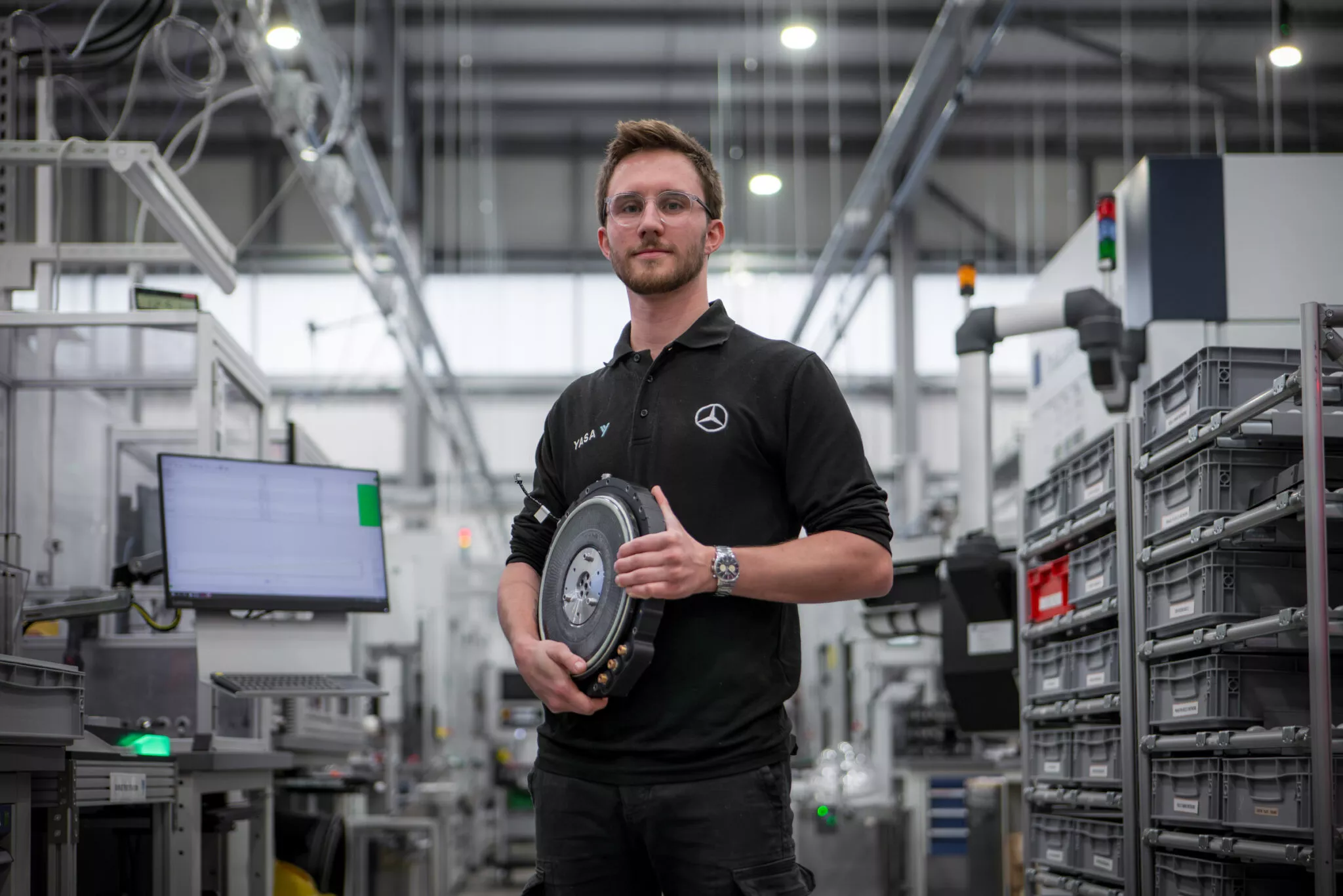
Mercedes-Benz’s acquisition of YASA in 2021 underscores the strategic importance of this technology. The German automaker plans to integrate these motors into its next-generation vehicles, including the anticipated AMG super sedan and SUV. This means the electrifying performance that currently seems like science fiction will soon be on the streets, promising an unprecedented driving experience. Want to know more about the vehicles that might benefit from this technology? Check out the 10 fastest electric cars from Mercedes-Benz.
The Impact on the Future of Electric Cars and Beyond
The lightness and massive power of this motor open up a range of possibilities for electric vehicle design and performance. With such compact and efficient motors, manufacturers can significantly reduce the overall weight of the cars, increase range, or even free up space for more batteries, further boosting performance. It’s a race for efficiency and power where every gram counts.

While some brands are exploring the brutal return of gasoline in the midst of the electric era, Mercedes-Benz and YASA are paving the way for a high-performance electric future. Imagine the impact on models like the electric hypercar that broke the Nürburgring record, or on luxury SUVs that offer the same agility as a sports car. Innovation doesn’t stop, and the competition for dominance on the road of the future is hotter than ever. To understand how other technologies are accelerating the segment, see how Toyota is revolutionizing with solid-state batteries, promising 1,000 km of range.
YASA’s technology not only sets new performance benchmarks but also demonstrates that automotive engineering is constantly evolving, always pushing the limits of what is possible. It’s an exciting future for car enthusiasts, where power and efficiency meet in increasingly smaller and more impressive packages. Soon, you might experience this innovation in a Mercedes electric car that charges faster than your phone.





